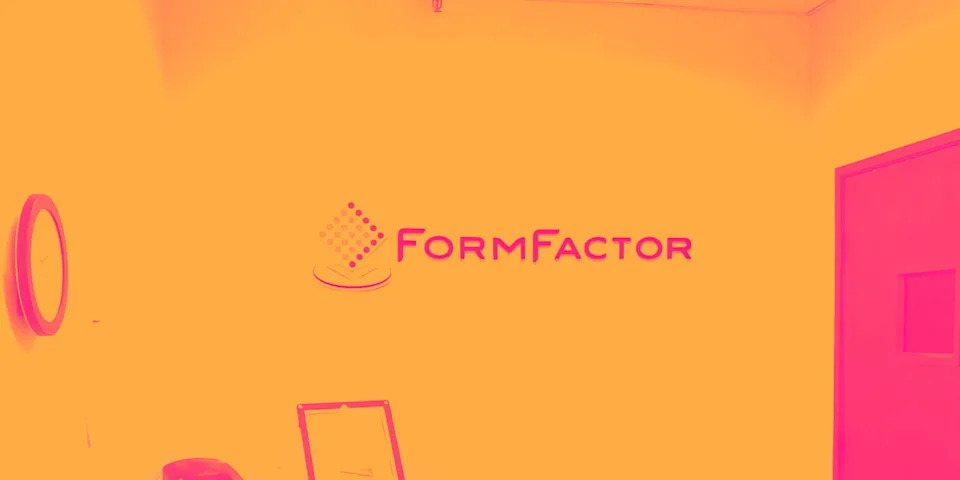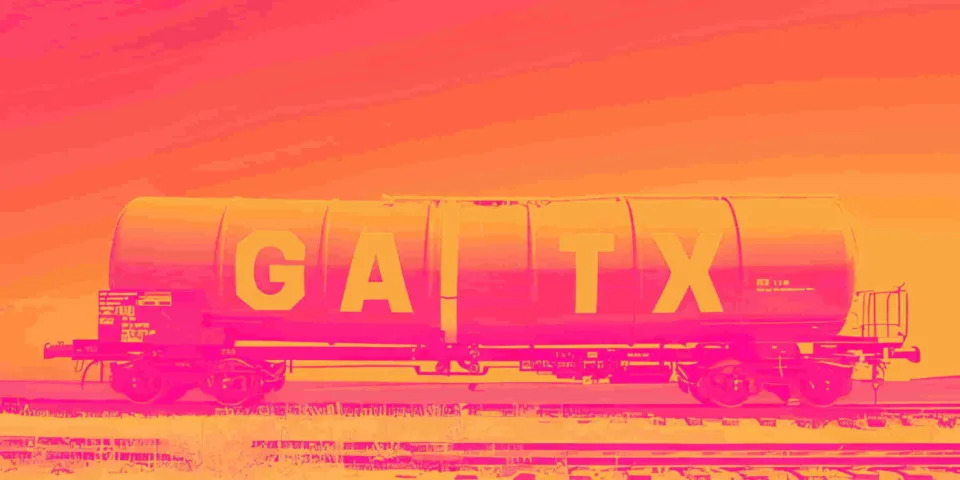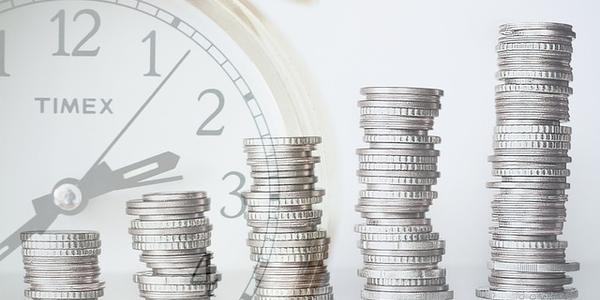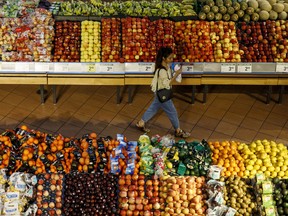
Introduction
Marks & Spencer (M&S) has taken a significant step towards its net zero goals by introducing a fleet of vehicles powered by biomethane—a sustainable fuel derived from organic waste. This innovative initiative is part of M&S’s broader strategy to reduce its environmental impact and align with global efforts to combat climate change.
Background on Biomethane Fuel
Biomethane is a renewable energy source that can significantly reduce carbon emissions compared to traditional fuels. Derived from the decomposition of waste materials such as food, animal manure, and wastewater, it is then compressed for use in vehicles. According to industry estimates, biomethane fuel can be up to 40% cheaper than diesel while emitting 85% fewer greenhouse gases. This makes it an ideal solution for reducing carbon footprint.
M&S’s New Fleet
M&S has introduced 50 vehicles powered by biomethane specifically for its food supply chain. These lorries will transport ingredients and products between warehouses, streamlining logistics and reducing transportation emissions. Additionally, another 30 vehicles in the fleet will be used to transport clothes and homeware, further expanding the range of services supported by this innovative technology.
Progress Toward Net Zero
As part of its commitment to net zero targets, M&S has set ambitious goals for both its operations and supply chain. The company aims to achieve net zero emissions by 2030 across its own business activities and by 2040 for its global supply chain. With the new biomethane-powered vehicles, M&S is on track to meet these targets.
Previous Green Initiatives
Before introducing the biomethane lorries, M&S had already made significant strides in sustainability. Last year, the company announced a £1 million investment aimed at reducing harmful gases emitted by its dairy cows’ flatulence. By altering what cows are fed, M&S hopes to cut around 11,000 tonnes of greenhouse gas emissions annually.
Industry Context
The shift toward sustainable transportation is not only happening in the UK but globally. As Labour tightens its stance on net zero commitments, companies like M&S are leading the charge by implementing innovative solutions such as waste-to-energy technologies and green pricing schemes.
Government Policies
The UK government has also taken steps to support businesses in reducing their environmental impact. A new green levy is being considered, which would impose penalties on retailers and food manufacturers for using plastic packaging instead of paper or cardboard. This move aims to encourage eco-friendly practices while penalizing those that contribute to waste.
Retail Sector Challenges
Retailers are facing increasing pressure to adopt greener practices due to stricter net zero targets. Transport chiefs have warned that companies failing to reduce emissions will face higher costs and reputational damage. M&S’s move to introduce waste-powered vehicles is seen as a crucial step in the industry’s transition to sustainable practices.
Transport Minister’s Remarks
Lilian Greenwood, Transport Minister, praised M&S for its commitment to reducing carbon emissions. "We’re working with businesses to lead the charge toward innovative zero-emission vehicles," she said. This recognition underscores the importance of partnerships between companies and government bodies in achieving net zero goals.
Company Head’s Commitment
Julian Bailey, Head of Group Transport at M&S, emphasized the company’s dedication to reducing carbon emissions across its transport operations. "We’re committed to lowering carbon emissions from our transport and through collaboration, we are able to reduce carbon, save energy, and drive operational efficiencies across the business."
Public Reaction
Retail leaders have expressed support for M&S’s efforts, acknowledging that this move marks a significant step toward achieving net zero targets. However, some industry experts question whether reliance on biomethane alone will be sufficient to meet global emissions standards.
Conclusion
M&S’s introduction of waste-powered vehicles represents a crucial milestone in its journey toward net zero goals. By leveraging innovative technologies and aligning with government policies, the company is setting an example for others in the retail sector. As pressure to reduce carbon emissions continues to grow, businesses like M&S are at the forefront of these efforts.








